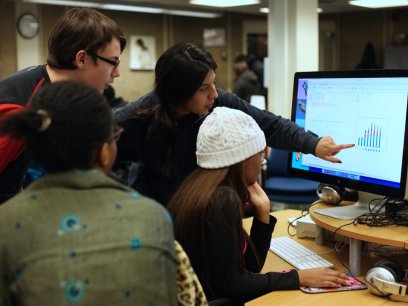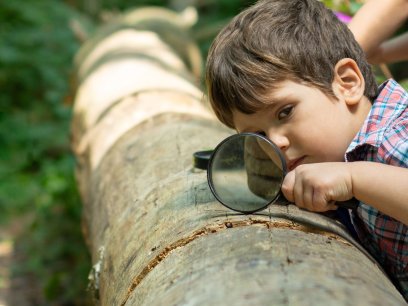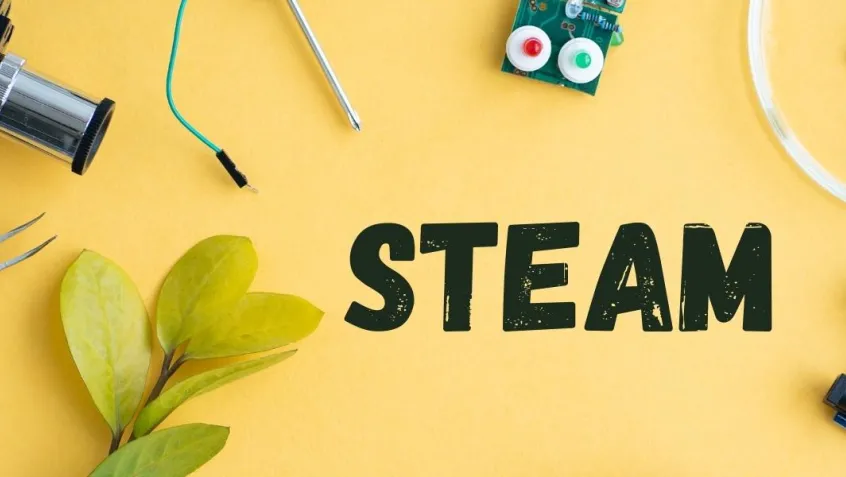
National STEM/STEAM day is November 8. STEM stands for Science, Technology, Engineering, and Math, with STEAM including the Arts.
Together, these subjects prepare students for life. The Arts add a layer of reasoning, the “who and why,” to the STEM studies' “what and how.” Kids learn that they don't have to be either analytical or creative—they can be both. They are taught how to ask questions and how to approach any situation with an open mind.
This holistic style of education helps ensure that youth are prepared to bring knowledge and skills to solve problems, make sense of information, and understand how to gather and evaluate evidence to make decisions. It also helps foster a love of life-long learning.
“Greening STEM” is an interdisciplinary and collaborative approach to teaching STEM subjects that uses the natural environment and real-world challenges to engage learners. It integrates experiential learning of STEM, place-based environmental education, project-based learning, and community-based learning.
Why STEAM Is Important
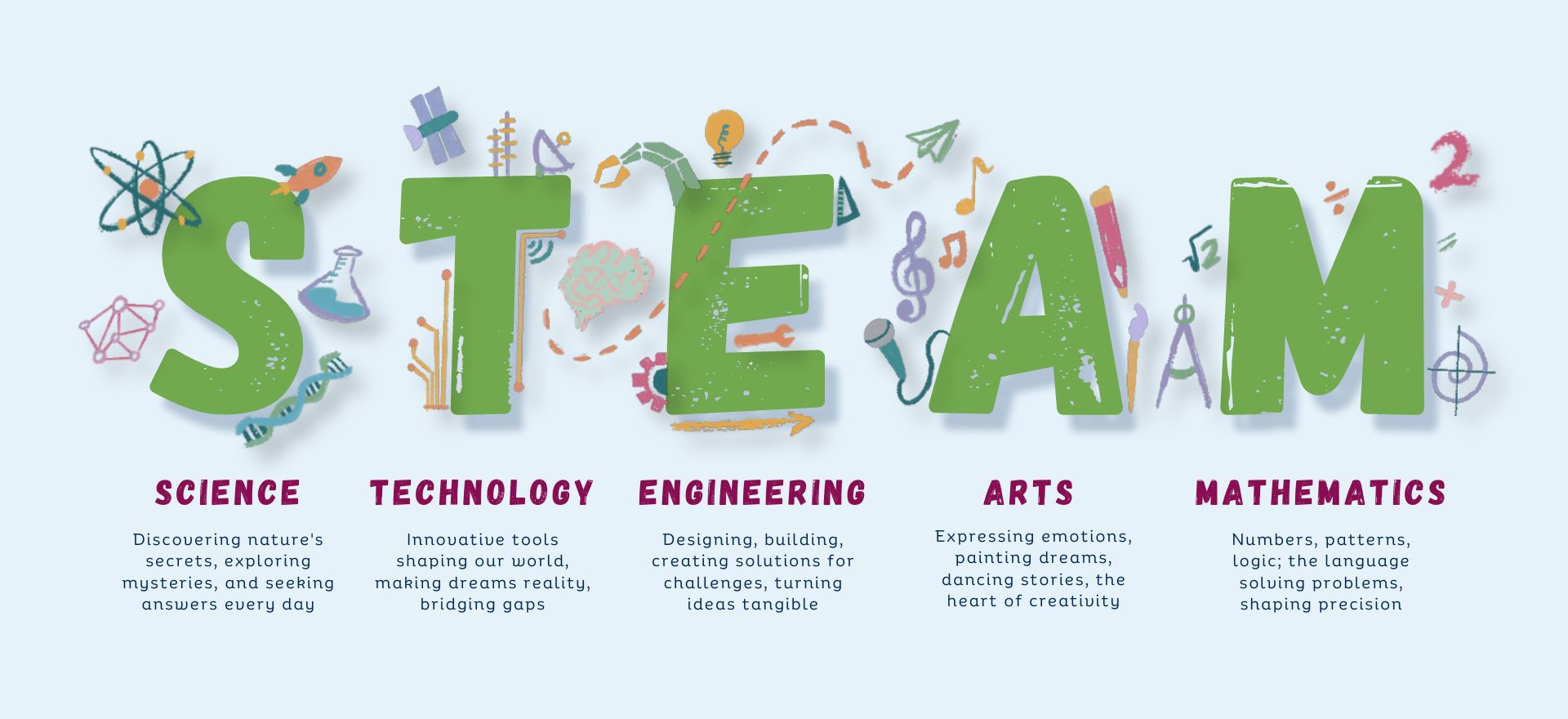
STEM/STEAM is important because it equips kids with both “hard” and “soft” skills, including those that are necessary for success at school and work in the 21st century:
- Adaptability
- Critical Thinking
- Communication
- Collaboration
- Creativity
- Digital Literacy
- Innovation
- Leadership
- Problem Solving
All students and educators, no matter their background, have a place in STEM/STEAM. Research shows that exposing students to STEM/STEAM while in elementary school makes them more likely to pursue science, technology, engineering, and math into their college and professional careers. However, Black and Hispanic people, as well as women in general, continue to be under-represented in science and technology-oriented fields.
To help address these disparities, there's no better time to get started with STEM/STEAM than now. While the concept is still new to many educators, getting started doesn't need to feel overwhelming.
Start small by incorporating STEM/STEAM books and activities into your current class routine. Modify existing lesson plans to allow for more hands-on exploration, discussion questions that cut across subjects, and the use of technology.
Getting Started with STEM/STEAM
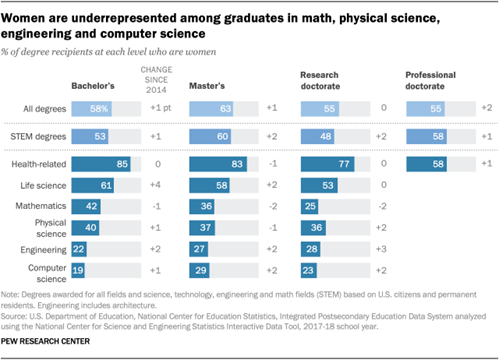
Celebrate National STEM/STEAM Day with these 15 free environmental education activities for the classroom.
- Biodiversity Study: Students use graphing skills to quantify the diversity in a small plot of land. (Grades 6-8)
- Build a Zero Energy Tiny Home Project Challenge: Students investigate all of the elements involved in making a tiny house achieve net zero energy consumption. (Grades 9-12)
- Chicago Botanic Garden Budburst Project: This citizen science project provides opportunities for individuals to contribute to research on climate change by observing plant species through the growing season. (All Grades)
- Citizen Science Toolkit: This toolkit includes lessons, readings, and worksheets to support educators in communicating the value of citizen science to students. (All Grades)
- Designing Climate Change Learning for Action: Support youth in taking action to foster hope in an era of climate change. This downloadable resource includes recommended actions to take, reflection questions for educators, and a focus on equity. (All Grades)
- Discovering National Parks: Students learn how art contributes to the environmental activism of national parks. (Grades 6-8)
- Dollar Store Science: 10 easy and inexpensive experiments you can try with your students now. (Grades 3-6)
- Have Seeds, Will Travel: Students use science, engineering, and math skills to learn about seed dispersal methods. (All Grades)
- Old Growth Forest Mural: Students will identify the four components of an old growth forest and why conservation matters. (Grades 3-5)
- Peppered Moth Simulation: Students watch natural selection in action to explore why populations of peppered moths changed during the Industrial Revolution. (Grades 6-12)
- The Power of a Paper Plate: Give old magazines a second life while encouraging nonfiction learning. (Grades K-8)
- Sea Level Rise: Learn about the causes and impacts of sea level rise and challenge students to think about what they can do in response. (Grades 6-12)
- Think Green - Utilizing Renewable Solar Energy: This lesson plan from NASA guides students as they model solar energy inputs at different locations and analyze the cost-effectiveness of installing solar panels. (Grades 9-12)
- What's in Compost?: Students identify what they find in compost and build their understanding of how composting and decomposition works. (Grades 3-8)
- Using Statistics to Understand Extreme Heat: This New York Times lesson plan explores why heat waves are becoming hotter and more frequent. (Grades 6-8)
- STEAM: Why art is a necessary aspect of STEM education and practice: Information from the University of Denver on incorporating art into STEM lessons (Grades K-12)
Learn More about STEM/STEAM Education
NEEF offers support to STEM/STEAM educators through:
- Greening STEM Hub: An online collection of case studies, research, and tools to help educators implement the Greening STEM approach.
- Greening STEM Idea Journal for Educators: A handy PDF to guide you as you jot down ideas for planning your own Greening STEM project.
Looking for more resources? Sign up for EE In Focus, NEEF's monthly environmental education newsletter, to receive updates on upcoming grants, informative stories, and related events.

